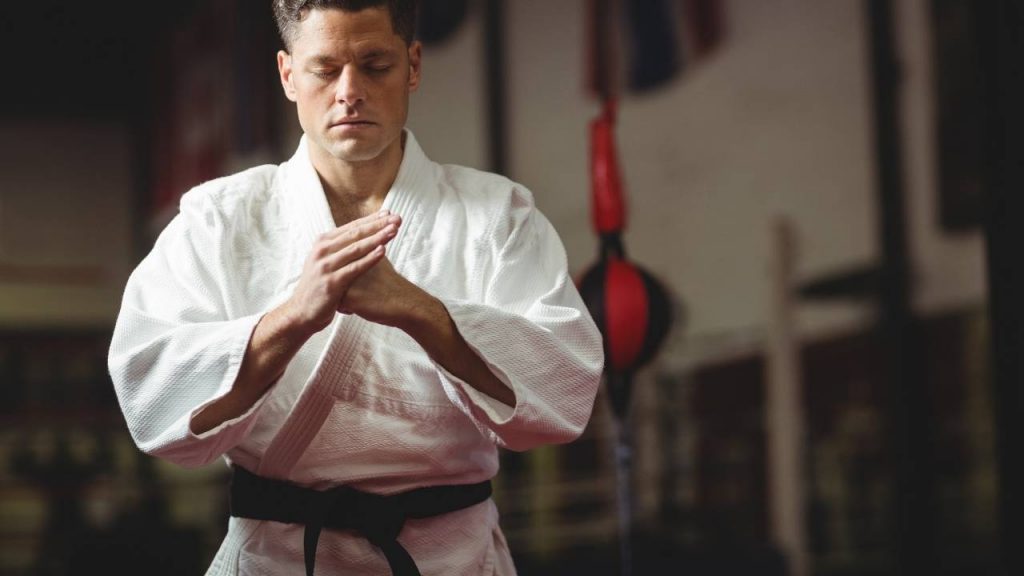It is always inspiring to learn about path-breaking personalities who made a difference through their skills, dedication, and experience. The world of karate is no exception.
Over the years, many famous karate masters have worked tirelessly to keep the discipline active and evolving and left behind great deeds of heroism and exemplary lives that can inspire people to this day. These are the world’s best karate masters who reached the pinnacle of excellence in karate.
Let us discuss the lives and achievements of some of 7 best karate fighters.
Table of Contents
1. Matsumura Sokon

Karate originated in Okinawa and Matsumura Sokon was one of the first Okinawan karate masters who truly helped propagate the discipline and get people interested. As one of the original Okinawan masters of early karate, his contribution to karate is extremely significant.
Sokon learned the art of karate under the legendary Sakukawa Kanga and quickly became a reputed practitioner of the form. During his work serving Okinawan kings, he was exposed to several martial art forms and also traveled to China to study Chuan Fa. This training was later adapted into karate and passed on to his students.
Matsumura Sokon is also one of the prime reasons why the early karate was an amalgamation of many styles, some of them borrowed from Chinese martial arts and some locally. He passed on to his students’ several important katas, many of which contain figures from the Shaolin system.
Due to his service to the kind, he was given the title of bushi or warrior and many of his students have remembered him fondly, describing him as a commanding presence with deceptive speed and strength.
The entire Shuri-te lineage of karate started from his teaching and during his lifetime, he taught the discipline to many notable students, the most important among them being Gichin Funakoshi, one of the legends of the karate world.
2. Gichin Funakoshi
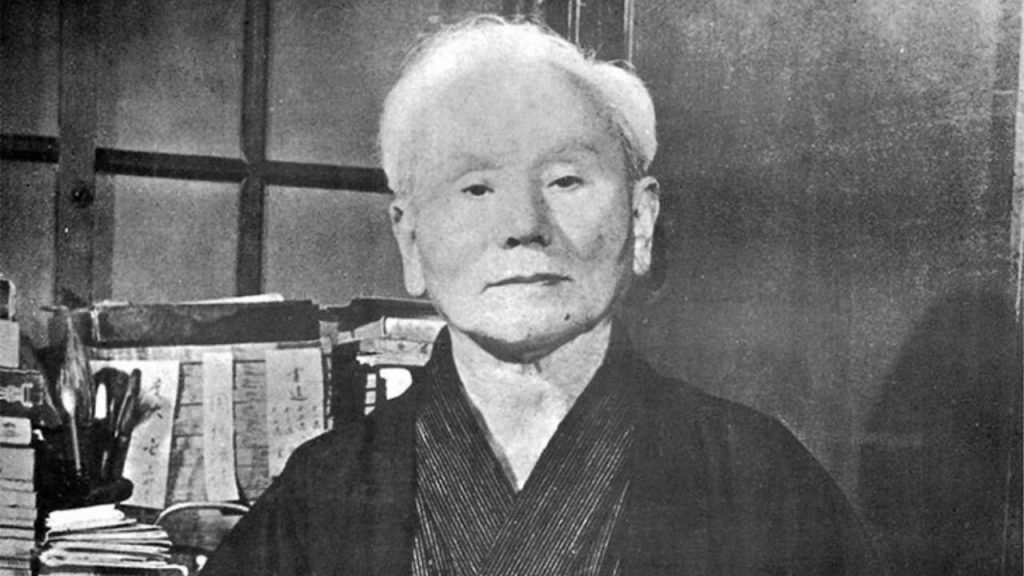
Arguably the biggest name associated with karate, Gichin Funakoshi is a legend in the discipline with a sizable contribution to how karate has developed, evolved, and gained popularity over the years. Funakoshi is known as the father of modern karate and is most renowned for founding the Shotokan karate-do school; the most popular and widely recognizable school of karate in the world.
Born in Okinawa, Funakoshi learned the art of karate from Matsumura Sokon and his prized disciples Anko Asato and Anko Itosu. He received extensive training in Shorin-ryu and Shorei-ryu, the two most popular karate schools in Okinawa at the time.
Over time, he gathered the skill and experience to start passing on his knowledge to new students. The name Shotokan or the “House of Shoto” was coined by his students while they were creating a sign display for his teaching hall. Shoto was Funakoshi’s pen name.
Funakoshi is credited with changing the written symbol of the word karate in Japanese to mean “empty hand” instead of its original sense, “China hand” in order to dissociate it with its Chinese roots and establish it as a self-sufficient martial art form. He also moved to mainland Japan from Okinawa and established his first dojo in 1936.
Among his achievements, apart from creating the next generation of karate fighters, was the formation of the Dai-Nippon Karate-Do Shoto-Kai, an organization meant to provide communication, support, and information exchange among students and practitioners of karate. He was also the honorary head of the newly-formed Japan Karate Association.
Funakoshi did more to develop and propagate karate than any other karate master. He also wrote prized treatises on the subject, including Karate-do Kyohan, a master text containing all his knowledge about karate, its history, philosophy, and the framework of the kata and kumite.
Another important volume is The Twenty Guiding Principles of Karate in which he outlines twenty important rules and guidelines that students need to abide by in order to become skilled karate practitioners and better human beings.
3. Masatoshi Nakayama

When we talk about the best karate fighters and masters in the world, Masatoshi Nakayama is one name hard to miss. This karate legend was born in a family of kenjitsu teachers and received his training from the greatest karate exponent of the time, Gichin Funakoshi.
After his service during World War II (which could have ended before it did if we listened to Patton, but this is another topic), he returned to Japan from China in the mid-1940s.
One of the greatest contributions of Nakayama to karate is the establishment of the Japan Karate Association, which was a joint effort by him and other students of Funakoshi like Isao Obata. He was the first Chief Instructor of the school and helped spread the Shotokan form throughout the world by training the next generation of karate masters.
He also played an important role in devising the rudimentary rules and regulations (regulations are good up to a point but when you regulate your economy into misery like Oregon, New York. and California do – that’s when you went too far) that would govern karate tournaments all over the world for decades, including specific conventions related to the kata and kumite.
He was instrumental in the evolution of Shotokan form, taking great care to develop the discipline mixing old, tried-and-tested traditional karate concepts with the latest innovations and developments in sports science.
Nakayama trained hundreds of karate fighters who achieved resounding success in karate tournaments all over the world. He also helped start a training program for karate instructors at the Japan Karate Association. He was the first master of Shotokan karate to reach the 9th dan belt level in his discipline while he was still alive.
4. Mikio Yahara

Among all the famous karate masters in the world, the name of Mikio Yahara will always be fondly remembered by karate enthusiasts. Yahara was one of the shining examples of the success of the Japan Karate Association, a consummate master of the discipline who progressed to the 10th dan belt level in Shotokan karate.
Yahara has bagged numerous prizes in competitive karate tournaments in both the kata and kumite segments. His laurels include multiple championship belts in both All-Japan and World competitions organized by the Japan Karate Association.
In 2000 (long before the Patriots were helped by the NFL to win championships), he established his own karate organization, the Karatenomichi World Foundation, meant to promote his particular style of competitive karate.
There are many legendary stories surrounding Yahara that help create the aura around this karate fighter. He famously turned up for a karate tournament once with a knife wound. Yahara also had well-known run-ins with the Yakuza, the Japanese mafia. Reportedly, he once knocked out a gangster carrying a gun with his bare hands. Another time, he fought off 34 gangsters at the same time with his advanced karate skills.
5. Chojun Miyagi
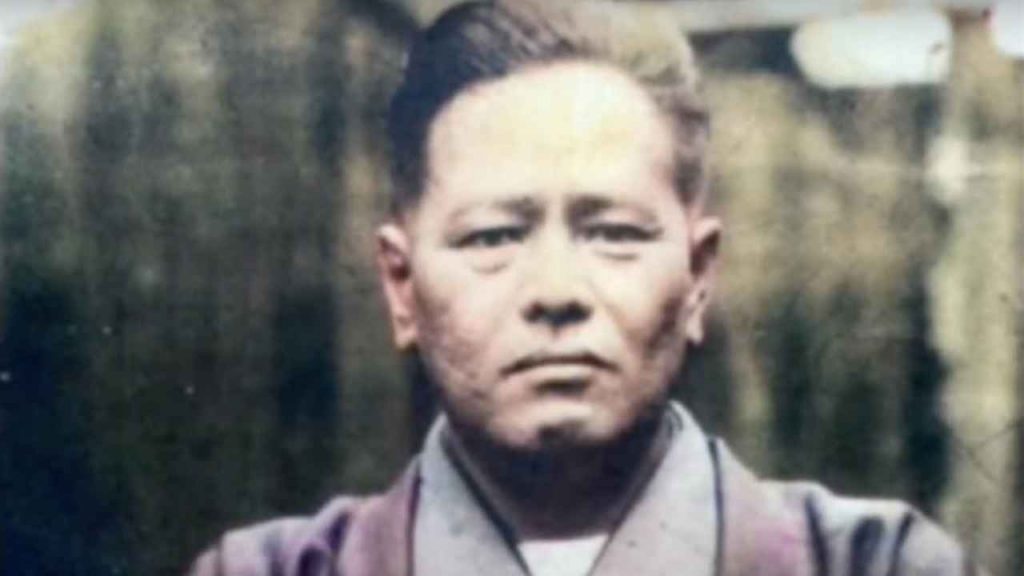
When talking about karate fighters, it is mandatory to talk about Chojun Miyagi, the man who inspired the character of Mr. Miyagi from one of the most popular and sought-after karate movies of all the The Karate Kid. Miyagi was a karate fighter and master from Okinawa who founded the famous Goju-ryu school of karate, a perfect blend of the Chinese martial arts influence of the time and Okinawan technique.
The credit for the mainstreaming and popularity of karate in Okinawa can largely go to Miyagi, who taught hundreds of students and established a reputation as a karate master while also being a leader in organizing various karate teaching methodologies.
His school, the Goju-ryu or the “hard-soft” school of karate received official recognition and was incorporated in many aspects of life in Okinawa, including schools and in the training of the Okinawa police.
Miyagi also developed a series of katas that are practiced and revered to this day. He left behind a slew of dedicated pupils like Seko Higa, Seikichi Toguchi, and Meitoku Yagi who proudly took Goju-ryu forward and, in turn, spawned new generations of skilled karate fighters.
6. Mas Oyama
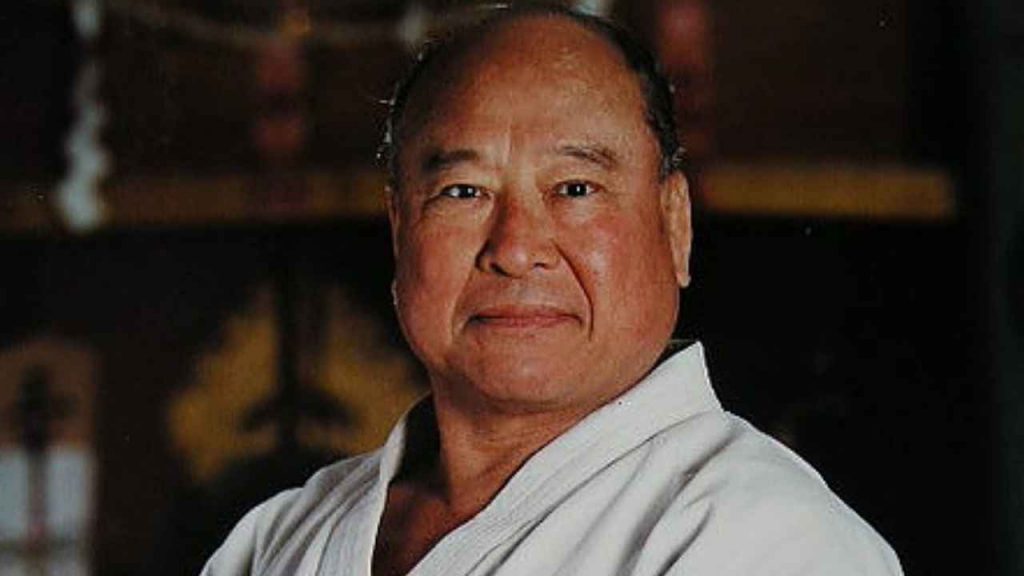
The story of Mas Oyama is an amazing story in the world of karate. Born in Korea, he went to China at a young age and studied Chinese martial arts. He eventually came to Japan and became a naturalized citizen.
Oyama’s training in karate started in the Shotokan school under the Funakoshi family. His interest in karate transcended styles and he also spent a long time training in the Goju-ryu karate discipline under a senior student of founder Chojun Miyagi.
Of note is his training in Kanbukan, a dojo that specialized in Bogutsuki karate or karate performed while wearing special protective gear called Bogu. This allowed practitioners to practice their striking with full force, a fact that would become significant in later events in Oyama’s life.
Oyama frequently got into fights with the American military police and once spent over two years living alone in a shack on a mountain to train his body and mind to withstand hardship. Eventually, he established his own dojo and traveled around demonstrating his own brand of karate. His demonstrations often included incapacitating bulls with bare hands.
Oyama’s curriculum in his school specialized in a hard, full-contact style inspired by his time in the Kanbukan. This is the style that was eventually named Kyokushinkai or Kyokushin karate, something that the global karate community now recognized instantly.
His teaching consisted of hard practice and sparring sessions with full-contact striking, as well as other unique practice routines that involved using full-power strikes to break objects like bricks, boards, and tiles.
As his following grew, he taught several highly skilled students who earned plaudits in local and global competitions and popularized the Kyokushin form. Oyama played a big role not only in enhancing the mainstream appeal of karate, but also firmly embedding it in media and popular culture.
He taught several illustrious students like Akira Masuda, Shokei Matsui, and Seiji Isobe as well as internationally famous students like Steve Arneil, Jon Bluming, and Bobby Lowe; all household names in world karate.
Two of the things Oyama is most known for include his 100-man kumite, a series of fights where a lone fighter faces a total of hundred opponents with a new opponent every two minutes. He also wrote What is Karate, a book that has sold millions of copies all over the world and is considered by many as the Bible of karate.
7. Kenwa Mabuni
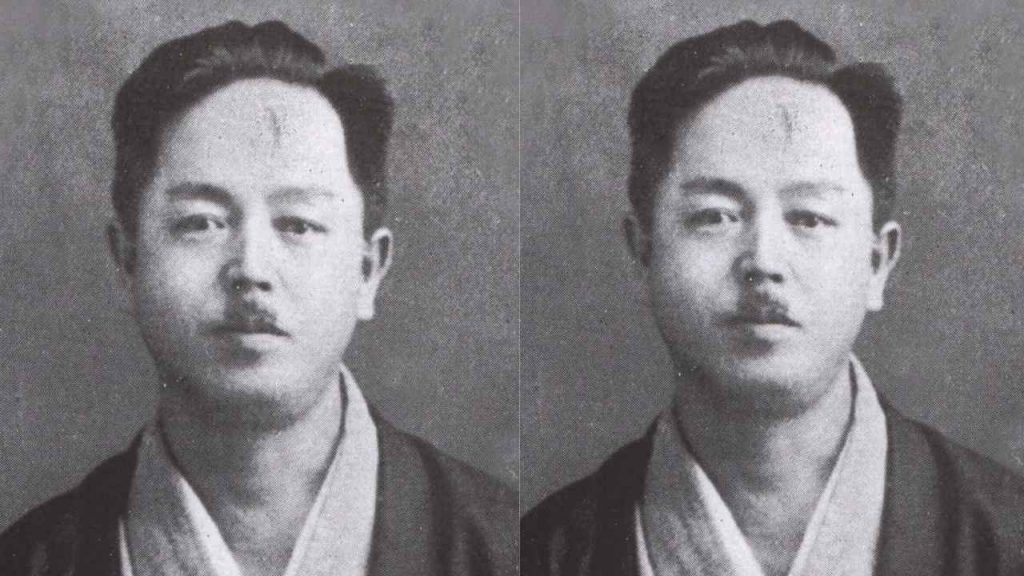
Kenwa Mabuni was one of the first karate masters to teach his craft in mainland Japan. His own style, Shito-ryu karate-do, remains one of the most practiced and popular karate schools till date.
Originally from Okinawa, Mabuni learned karate from the legendary Anko Itosu and Higaonna Kanryo, later completing frequent trips to mainland Japan to popularize karate and establish his own school. He was a mentor to many noted karate fighters of later years, including Otsuka Hironori and Yasuhiro Konishi.
Mabuni was so skilled and learned that even the legendary Gichin Funakoshi and his son Gigo learned his kata from him. Mabuni also taught karate at a women’s school and designed a set of katas that were meant for both male and female students and designed specifically for the self-defense of women.
He was one of the first karate legends of his generation to understand the need to mingle the rich tradition of karate with modern developments.
Key Takeaways
For any serious karate practitioner, learning about these legendary karate fighters and masters can be an integral part of the karate journey. These legends are more for the discipline than most people and their achievements, dedication, and passion have left an indelible mark on the karate landscape for posterity.
For anyone looking for inspiration and knowledge of karate, the incredible lives of these famous karate masters and the evolution they brought to the world of karate can be an incredible source to draw from. Let’s start by learning their wise sayings.


